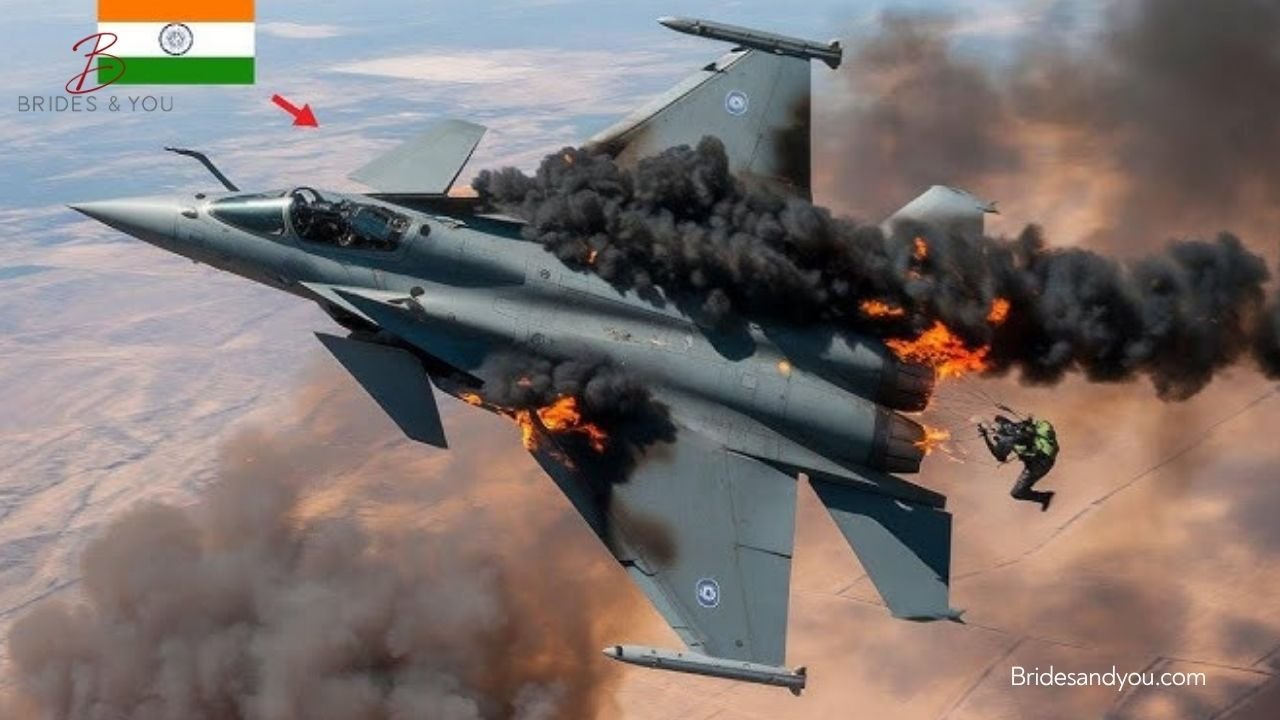Now Reading: India Silently Acknowledges Pakistan Killed 3 Rafale Pilots During May 2025 Conflict
-
01
India Silently Acknowledges Pakistan Killed 3 Rafale Pilots During May 2025 Conflict
India Silently Acknowledges Pakistan Killed 3 Rafale Pilots During May 2025 Conflict

India Confirms Pakistan Killed 3 Rafale Pilots in Operation Sindoor: A Turning Point in the Conflict Narrative
In a stunning turn of events, India has silently acknowledged the loss of three elite Rafale fighter jet pilots during the recent skirmishes with Pakistan—a revelation that marks a dramatic shift from its earlier denials. The disclosure has not come through a bold announcement but rather through the quiet honoring of fallen soldiers, with posthumous awards now being handed out to over 100 military personnel.

Behind the Silence: India’s Evolving Response to Mounting Pressure
For weeks, Indian officials had flatly rejected claims that any significant damage or loss had occurred during the escalation with Pakistan in early May 2025. However, increasing pressure from within the military ranks and families of the deceased pushed the Indian government into a corner. Unable to maintain its silence, India has now confirmed that casualties did occur—many of them high-profile, including Rafale pilots and operators of the sophisticated S-400 defense systems.
This indirect acknowledgment came in the form of gallantry awards, which were conferred to deceased personnel including three Rafale pilots from the Indian Air Force. These awards have exposed the scale of losses, especially in sensitive areas like Udhampur, Uri, and Rajouri.
Operation Sindoor: The Hidden Toll
The fierce military exchange, which India codenamed Operation Sindoor, saw heavy casualties along the Line of Control (LoC). Reports from multiple security insiders confirm that over 250 Indian soldiers were killed in action—an alarming number kept under wraps until now.
Key casualties included:
- 9 personnel from Udhampur Airbase
- 2 aviators from Rajouri base
- 4 logistics staff from Uri supply depot
This revelation suggests that Pakistani airstrikes, executed under Operation Bunyan-um-Marsoos, had a far deeper impact than publicly acknowledged by Indian authorities. The Pakistani offensive, in retaliation to Indian strikes, reportedly downed six jets, including three Rafales, and destroyed dozens of surveillance drones.
Media Blackout and Public Scrutiny
The Indian government’s effort to suppress the news extended to families of the deceased. Many were instructed not to share images, details, or even condolences on social media. This unprecedented move triggered outrage from opposition leaders and citizens alike, who questioned the contradiction between the earlier denials and the recent wave of posthumous honors.
Social media has since become a battleground, with people asking: If there were no casualties, why the awards?
A Strategic Shift After Ceasefire
The conflict, lasting 87 hours, came to a halt with U.S. diplomatic intervention on May 10, 2025. However, the damage—both tactical and reputational—continues to unfold. India’s silent shift in narrative signals that the cost of the confrontation was far greater than originally admitted.
As global and domestic scrutiny intensifies, this acknowledgment not only exposes the true extent of military losses but also raises critical questions about transparency, political accountability, and the information warfare surrounding modern conflicts.























